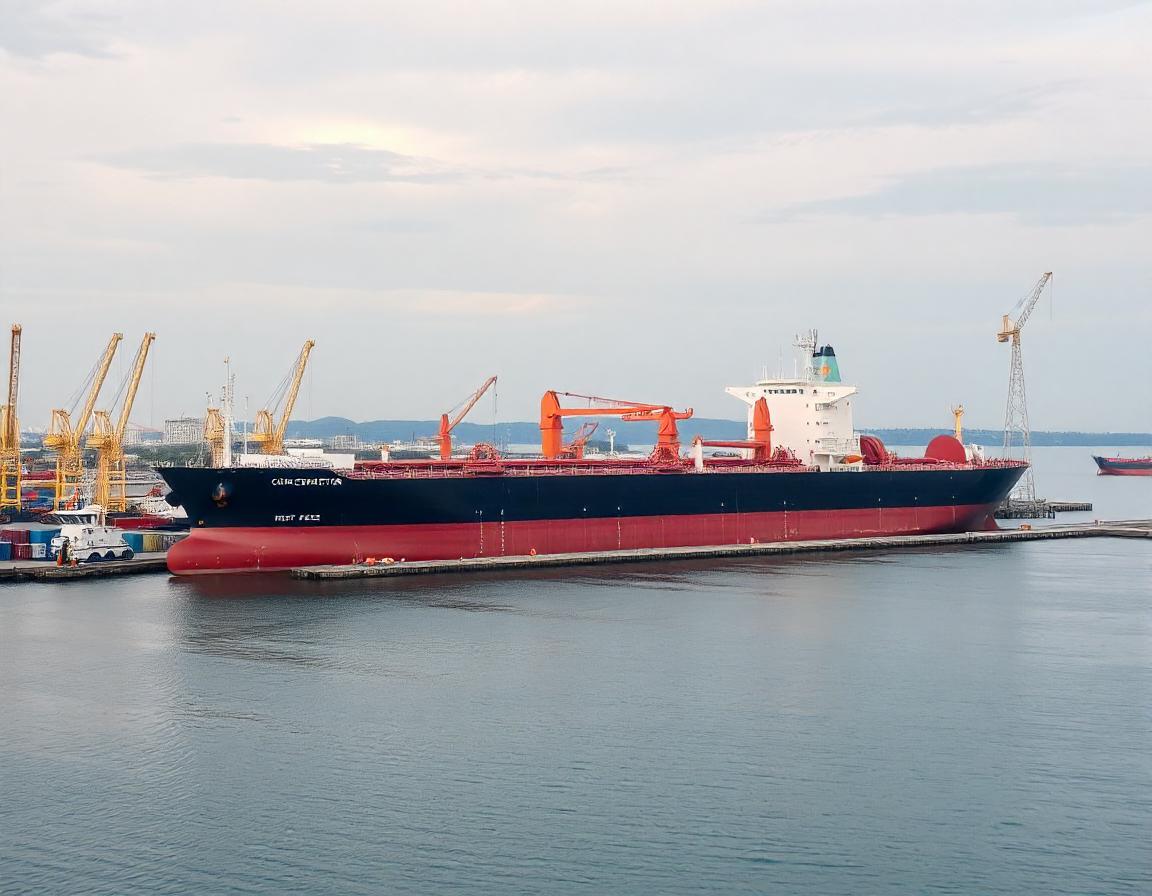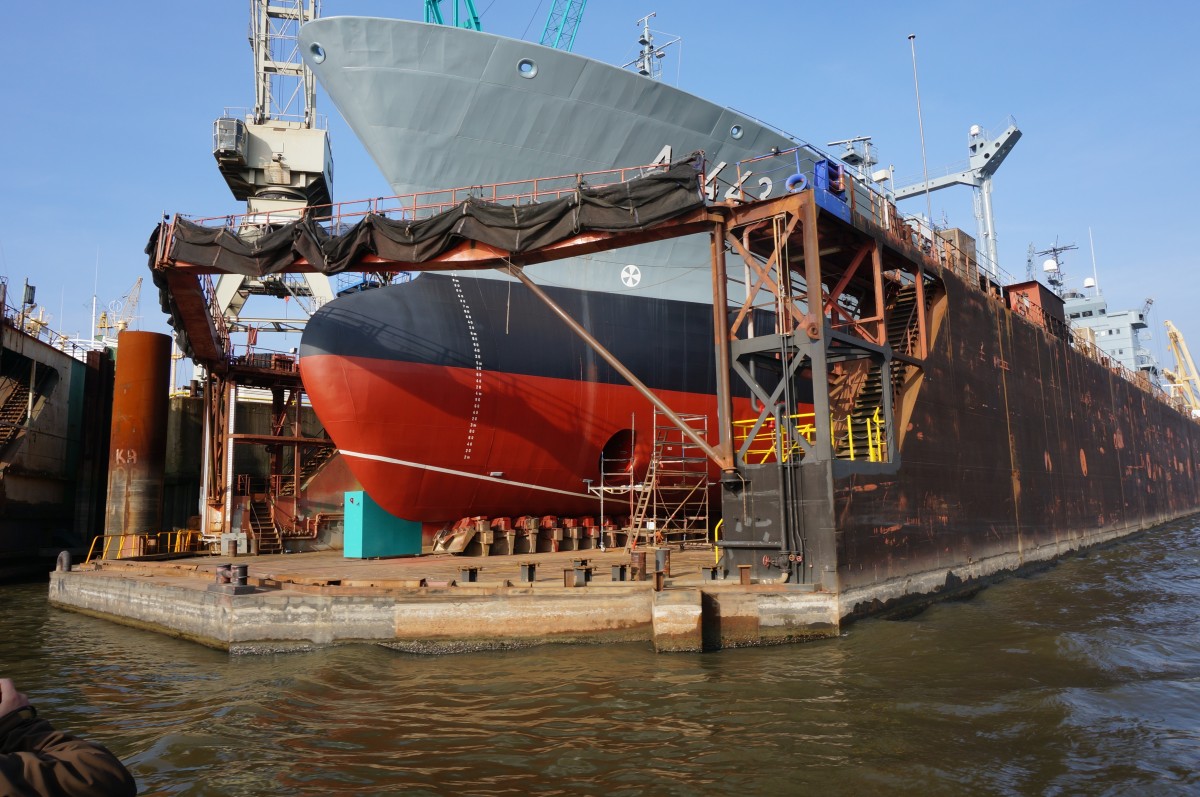Docking a vessel is one of the most significant and cost-intensive events in a ship’s operational lifecycle. Yet, even experienced operators and superintendents fall into avoidable traps that lead to delays, cost overruns, and suboptimal repairs. In this post, we uncover the five most common docking mistakes and, more importantly, how to sidestep them to ensure a smooth process.
1. Incomplete or Inaccurate Repair Specifications
The repair specification is the cornerstone of any successful docking. A poorly drafted specification—whether incomplete, ambiguous, or overly generic—leaves room for misinterpretation and costly disputes with the shipyard.
- Why It Happens: Operators often rush this step due to time constraints or lack of expertise. Technical details are missed, and assumptions are made that the shipyard will „fill in the gaps.”
- How to Avoid It: Engage experts who can thoroughly inspect the vessel and draft a comprehensive specification. Include detailed descriptions, reference drawings, and measurable outcomes.
2. Failing to Conduct a Thorough Quotation Analysis
Many shipowners focus on the bottom-line figure without diving deeper into the breakdown of costs in a shipyard’s quote. This oversight often results in unplanned expenses later in the project.
- Why It Happens: Hidden costs, vague terms, and exclusions are common in shipyard quotations. Without expert analysis, these omissions are often overlooked.
- How to Avoid It: Always request a detailed breakdown of labor, materials, and additional charges. Compare these across multiple quotes to identify discrepancies and omissions.
3. Overlooking the Timeline Feasibility
Even a slight delay in docking completion can result in missed charters and operational disruptions.
- Why It Happens: Unrealistic promises from shipyards or insufficient time allocated for critical stages of the repair process.
- How to Avoid It: Establish a realistic project timeline during the planning stage. Work with shipyards that have a proven track record of meeting deadlines, and include penalties for delays in the contract.
4. Poor Communication with the Shipyard
Misunderstandings between your team and the shipyard can lead to errors, delays, and budget overruns.
- Why It Happens: Lack of regular updates, unclear responsibilities, or language barriers.
- How to Avoid It: Maintain clear, consistent communication with shipyard representatives. Appoint a project manager or superintendent to oversee the process and address issues promptly.
5. Neglecting Post-Docking Inspections
Once the ship leaves the dock, it’s often too late to address problems that could have been caught earlier.
- Why It Happens: Operators are eager to resume operations and may skip or rush the final inspection.
- How to Avoid It: Allocate time for a thorough post-docking inspection. Check all completed work against the initial specification and address discrepancies immediately.
Conclusion:
Avoiding these common mistakes can save you significant time, money, and stress. By partnering with an experienced docking consultant, you gain a strategic ally who ensures that every detail is accounted for, from start to finish.



